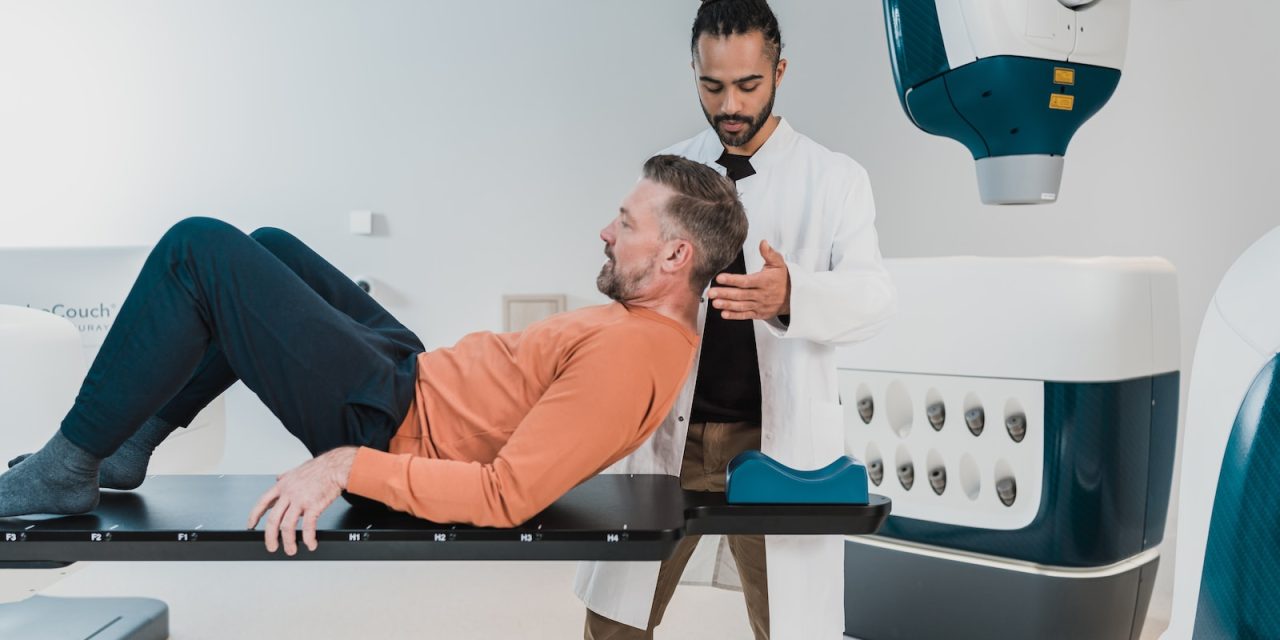The measures announced in the Spring Budget to encourage people back to work and address long-term sickness are potentially a huge step in the right direction. But we will have to wait to see how the initiatives will work in practice and what the true impact will be.
Long-term sickness can have a huge impact on both the employee, in terms of their health and mental wellbeing, and the employer when we think about loss of productivity and the impact on the team remaining.
The Labour Force Survey 2022 also reported that the main reason for economic inactivity amongst the UK population was due to long-term sickness. This rose from 2 million people in 2019 to 2.5 million people in 2022, aged between 16-64 years of age. The rise in numbers, it states, started before the pandemic. But since then, the number of people out of work due to long-term sickness has risen significantly.
Why is this happening?
The main reason for absence reported in the survey was ‘other health problems or disabilities’ which was up 41%. Not a category that is easy to compare with in terms of occupational health or organisational sickness absence data. Mental illness such as phobias, panic attacks or other nervous disorders was up 22%. This is interesting as in my experience this is not a category that is well recorded in the workplace.
Depression, bad nerves, or anxiety, a set of conditions more commonly reported in sickness absence data, saw a slight reduction and problems or disabilities with the back or neck increased by 31%. This is not surprising and consistent with the increase in home working. More significant and progressive illnesses such as cancer were up 1%.
Interestingly, long-term sickness rose rapidly in the younger age groups. We saw a 42% increase for those aged between 25-34, 29% for those aged 16-24, 16% in those between 50-64 and just 6% in those aged between 35-49. But the biggest increase was in those aged between 50-64 years old and is to be expected.
What does this mean?
What is difficult is to correlate this subjective self-reported data with that recorded in the workplace and by benefit providers. The increase in long term sickness for the younger age groups mirror the findings from organisations and are well reported in literature that mental ill health such as anxiety and depression is considerably higher in the younger age groups. This tends to be the trend – with age we tend to become more resilient whilst when we are young we have high expectations and hopes that may not be realised in the real world.
The impact of Covid has also changed society. With several people remaining concerned about returning to the office, some have become socially isolated whilst others prefer working from home in the belief that this is better for them. Pre-pandemic, we thought working from home was good for our work-life balance, but we now realise that work and life morph into one, often giving us the perception that we are working harder, when we may not be. But it is often difficult to separate, especially with so many virtual meetings.
Psychological risks such as isolation, loneliness, lack of support when a problem occurs, such as having to deal with a difficult customer or colleague, are no longer observed. Social interaction is no longer fluid. It has to be planned and can lead to an unnatural interaction, as we do not always think about what we want to say or ask at the time of meeting. Often random and natural thought processes occur on a trigger, or simply on an urge and that is all lost.
Musculoskeletal disorders have also increased due to poor workstation set-ups at home. Health and Safety compliance at home is much more difficult to manage and the LFS data is consistent with findings from other surveys on musculoskeletal problems due to the conditions people work in at home.
How to buck the trend
Wellbeing support in the workplace is crucial for reducing the level of long-term absence amongst employees. We know that long-term sickness is not always something we can predict. But there are measures which can be put in place to manage this effectively for all involved. In fact, our data of companies putting these initiatives in place shows that absence rates are reducing quite significantly.
The longest average length of absence reported by our clients is due to cancer. But this is only 60 days, as many of our cancer cases want to return to work. They want to be involved again to feel useful and needed which is an important aspect of recovery. Cardiac is another high long-term absence at 39.5 days with digestive at 19.8 days. These conditions have worsened during and post pandemic, potentially due to reductions in activity, increases in weight and sub optimal nutrition when working from home but also affected by delays in NHS treatment and accessing interventions.
Our mental health length of absence is down 21% and is now at 18.6 days compared to circa 30 days pre-pandemic. Musculoskeletal disorders are down 15% at 11.5 days compared to 16 days pre-pandemic. These have been the top two reasons for absence and healthcare utilisations and as such have had the most focus in terms of management and wellbeing with many conditions being supported by guided self-management compared with other conditions which need more clinical intervention.
In our experience, the organisations that do this well are those that don’t just look at wellbeing as a “nice to do”, but those that consider it an integral part of their business and consider this when assessing and managing health and safety risks and the prevention and management of health. For example, this might mean an individual who is not already consciously aiming to improve their health, can understand the importance that what they do and how they do it can affect their lives and their futures. Wellbeing should underpin an organisations health, safety and wellbeing strategy and take a tactical approach.
Data is key
The ONS have suggested that there are flaws in the data and that the Occupational Health and Health Benefits data are difficult to access and compare. When combined with the issues outlined above where there is a high incidence in the “other” category and conditions that are not normally recorded in the data makes it difficult to truly say what is happening.
This is why it is crucial for effective health management that organisations collate their own detailed data. It is easy to jump to the wrong conclusion if the data is not comparable or too reliant on subjective reporting. We know that by doing this, organisations can reduce the risk of absence and length of absence through proactive management of ill health that not only assesses and treats the symptoms but also assesses and addresses the broader range of underlying causation.
Whilst there is a call for organisations to do more to help their employees, many employers are investing in the provision of both health benefits and wellbeing, especially the larger organisations. New occupational health initiatives need to spot any employee health issues early and be treated in good time – ideally preventing them in the first place.
However, wellbeing provision does not work unless you can get employees to engage. There is a push to get employers to do more, but this will not change the health outcomes unless we get people to change their behaviours and mindset. Therefore, what we need is to be able to resolve this conundrum because the resolution is not just about throwing more benefits at people. It is how we help people understand how we can all help ourselves by knowing what we can take control of and what clinicians or other health and wellbeing practitioners can do to help us.
Dr Pamela Gellatly
Pamela is CEO of healthcare rm which she founded 20 years ago to provide an integrated approach to Employee Health Risk Management. This approach considers the occupational and personal risks across: Safety where the risk involves the person e.g., manual handling; Health where all aspects that may affect a person is considered e.g., work, home life, lifestyle, and Wellbeing where the often-forgotten health risks such as mental ill health are integral to every programme in a manner not normally considered. This ensures that the individual is placed at the centre of all Safety, Health, and Wellbeing strategies and that any physical or psychological risk whether related to work or to the person is considered, and where appropriate assessed and addressed.











